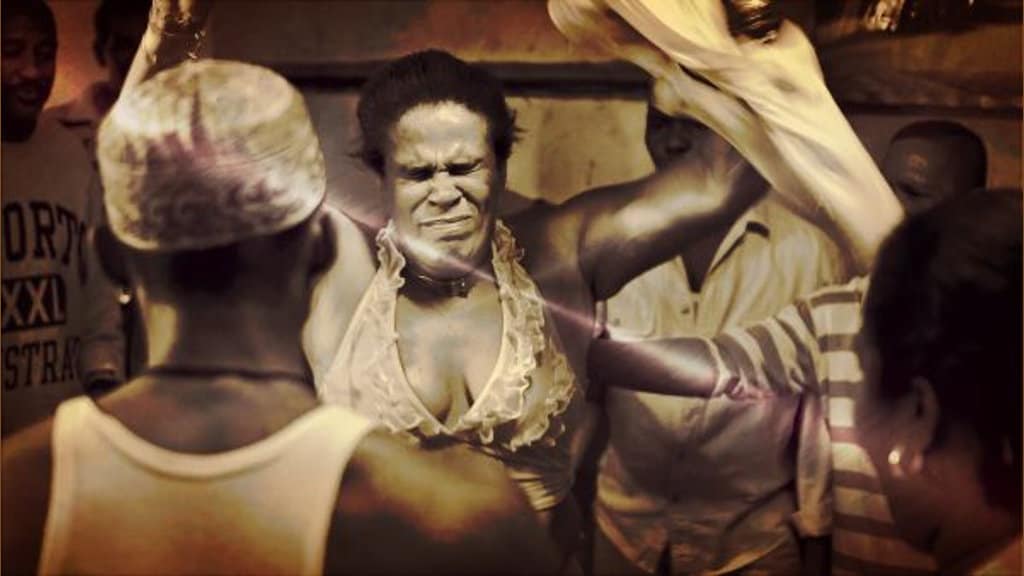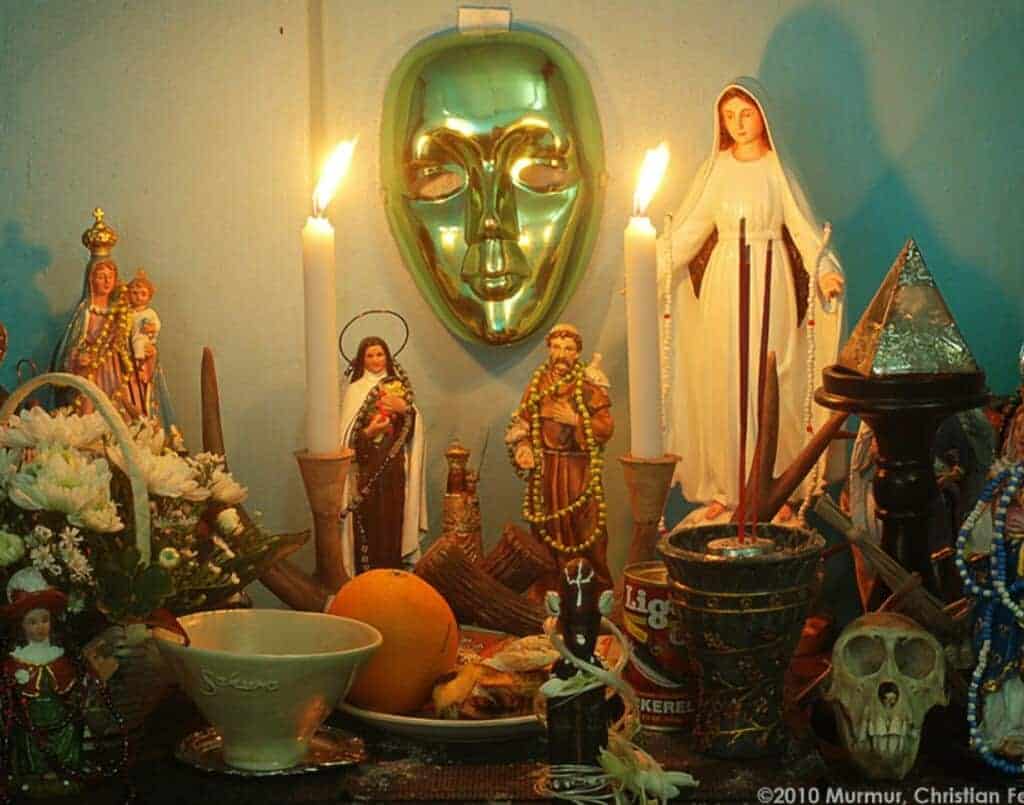Step into the mystical heart of Cojímar, Cuba, where Santería traditions and spiritual rituals shape the cultural fabric. In this captivating account, we reveal the secrets behind these ancient ceremonies, offering a glimpse into the profound connections between the sacred and the profane. Get ready to immerse yourself in the spiritual essence of Cuban life.
Exploring Santería Traditions in Cuba: A Deep Dive into Cojímar’s Spiritual Rituals
Beyond its fruit trees, the patio has become a living altar where history, faith and tradition converge.
For generations, the family has practiced spiritual rituals rooted in Spiritism and Santería, a religion brought to the island by African slaves in the 19th century, which over time merged with Catholicism.
One recent afternoon, as the sun began to set, the patio filled with laughter, music and the aroma of tobacco. A central table was adorned with a white tablecloth, glasses of water, fresh flowers and candles dancing to the rhythm of the wind.
It was the prelude to one of those spiritual sessions that have defined this family’s identity. The ceremony began with family prayers. The energy was palpable as everyone, united in faith, invoked the spirits. The melody of ancient songs filled the air, transporting those present to a state of deep connection.
Cojímar: Where Spirituality and Cuban Culture Dance in Harmony
In the midst of this transcendent atmosphere, Aunt Olga, the matriarch and guardian of these traditions, began to show signs of spiritual possession. Her body swayed like the nearby sea and her laughter resonated with a joy and strength that transcended the earthly realm.
Soon, a spirit manifested through her, revealing its identity by its preference for anise liquor.
The spirit, a woman from colonial times, elegantly dressed and with a regal bearing, presented herself to the family. She spoke, advised and predicted the future of several attendees with astounding precision. The atmosphere brimmed with emotions: surprise, sadness, hope and wonder.
After offering words of wisdom and warnings about the future, the spiritual presence departed with a serenity that contrasted with the vibrant energy at the start. Aunt Olga, freed from possession, returned to her normal state, exhausted but satisfied.
Despite the ritual’s intensity, the evening didn’t end there. With the same passion and fervor, the family shifted the tone from sacred to festive.
The spiritual melodies gave way to salsa and reggaetón, reminding us of the richness of Cuban culture that can blend the sacred and the profane with such grace and harmony.
The story of this Cojímar family is not only a testament to the rich Cuban culture but also a celebration of life itself, where the sacred and the profane coexist in harmony. Santería, with its spiritual rituals, continues to be a fundamental pillar that unites generations in a legacy of faith and tradition.


